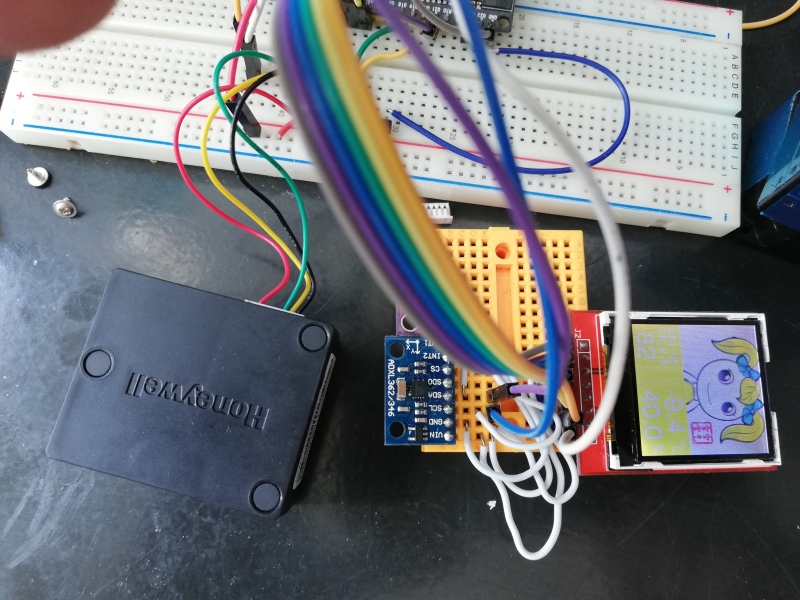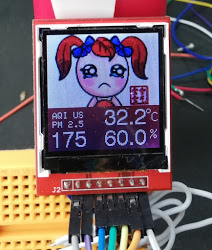The dust sensor is now finally working
-
@vladimir said in The dust sensor is now finally working:
@alowhum Hello!
In what range of values is the norm for living space?
My sensor shows 17 units.Hi Vladimir, my recommendation is to not use that sensor and take a better model instead, like Plantower PMS5003 or PMS7003. Their claims of accuracy are a bit overrated by Plantower IMHO, but they are way more accurate than those "dust sensors" that don't even have a fan to maintain a constant airflow. You will get results in ug/m3 for concentration of various PM size including the PM2.5 from which you can easily calculate US AQI value.
With a non calibrated sensor like the sharp you can only have a relative value to calculate evolution of things, but not an absolute value. -
@nca78 Thank you very much for your response!
And how do you like this sensor: HPMA115S0-XXX ?
I read that it is more durable.@vladimir said in The dust sensor is now finally working:
@nca78 Thank you very much for your response!
And how do you like this sensor: HPMA115S0-XXX ?
I read that it is more durable.I have one too and it seems fine at the moment, I'll compare it with pms3003 (from a dead laser egg), pms5003 (just received), pms7003 (on the way) and pmsA003
@alowhum said in The dust sensor is now finally working:
@Nca78 The bigger question is: can you find working code for it.
Well it's pretty simple, I started to make my own library for Honeywell and Plantower (they send the same data), it's running on an ESP32 (but should work on any Arduino), calculating AQI and displaying it on an LCD screen with cute pictures from Shanghai AQI website. I only have basic functionality at the moment (just receiving the data from sensor) but it's enough for testing.

-
This is when guys on a nearby halted construction site decided to burn all the bushes that grew in the last 2 years...

-
@alowhum said in The dust sensor is now finally working:
@Nca78 That is awesome! Wow, please share your project when it's ready :-)
I will, but I have bigger plans than this basic version so it will take a bit of time before it's ready.
-
Can it measure pollen too? My son has allergies, and it would be nice to measure what the bad days are.
-
Can it measure pollen too? My son has allergies, and it would be nice to measure what the bad days are.
@neverdie said in The dust sensor is now finally working:
Can it measure pollen too? My son has allergies, and it would be nice to know what the bad days are.
Pollen is PM10 range, bigger than PM2.5, so I would try with a Plantower sensor as the Honeywell measures 5µm max and will miss most of the pollen. But I'm not sure how accurate the Plantower are for PM10, if they calculate it from PM2.5 like the Honeywell or if they make a real differenciation.
-
Can it measure pollen too? My son has allergies, and it would be nice to measure what the bad days are.
